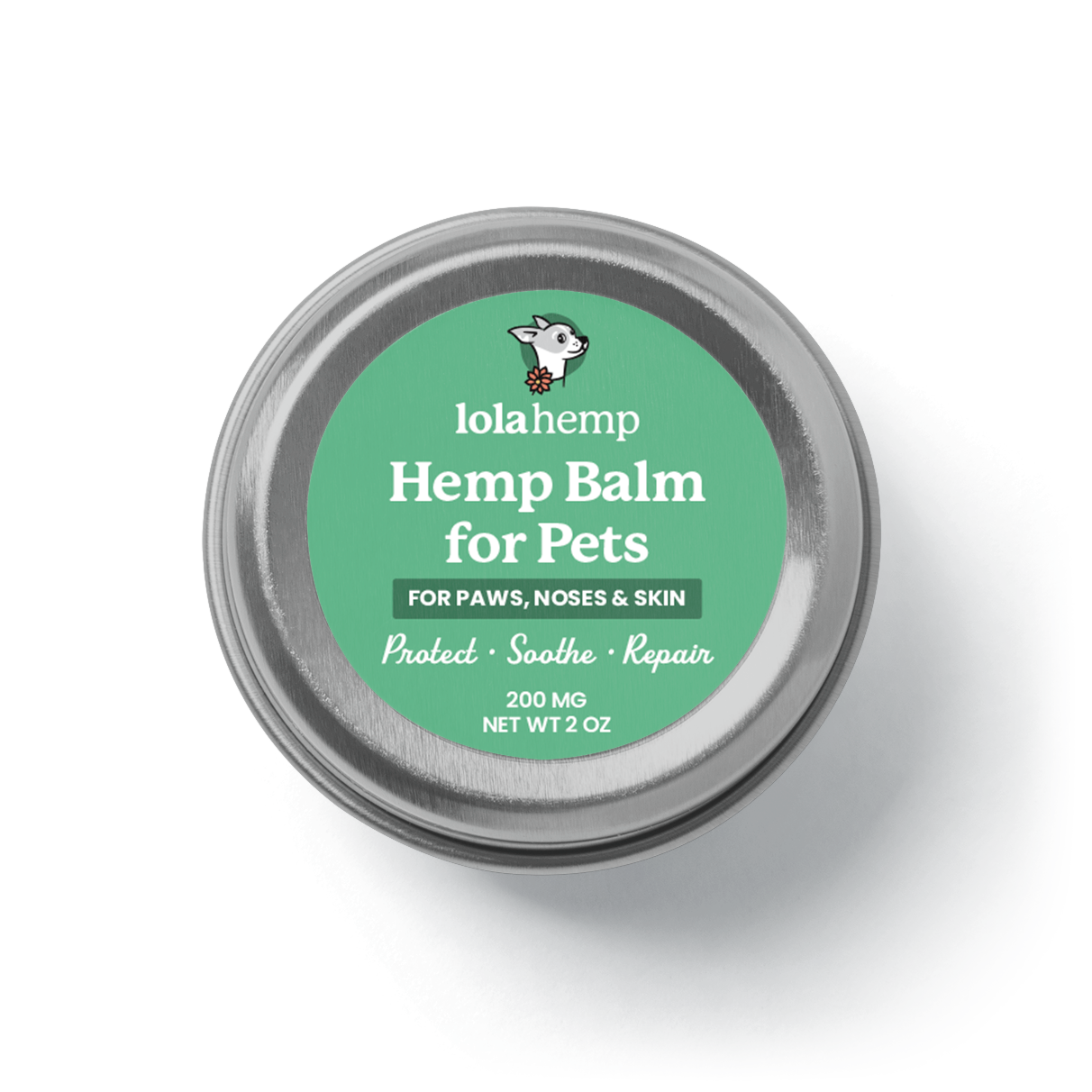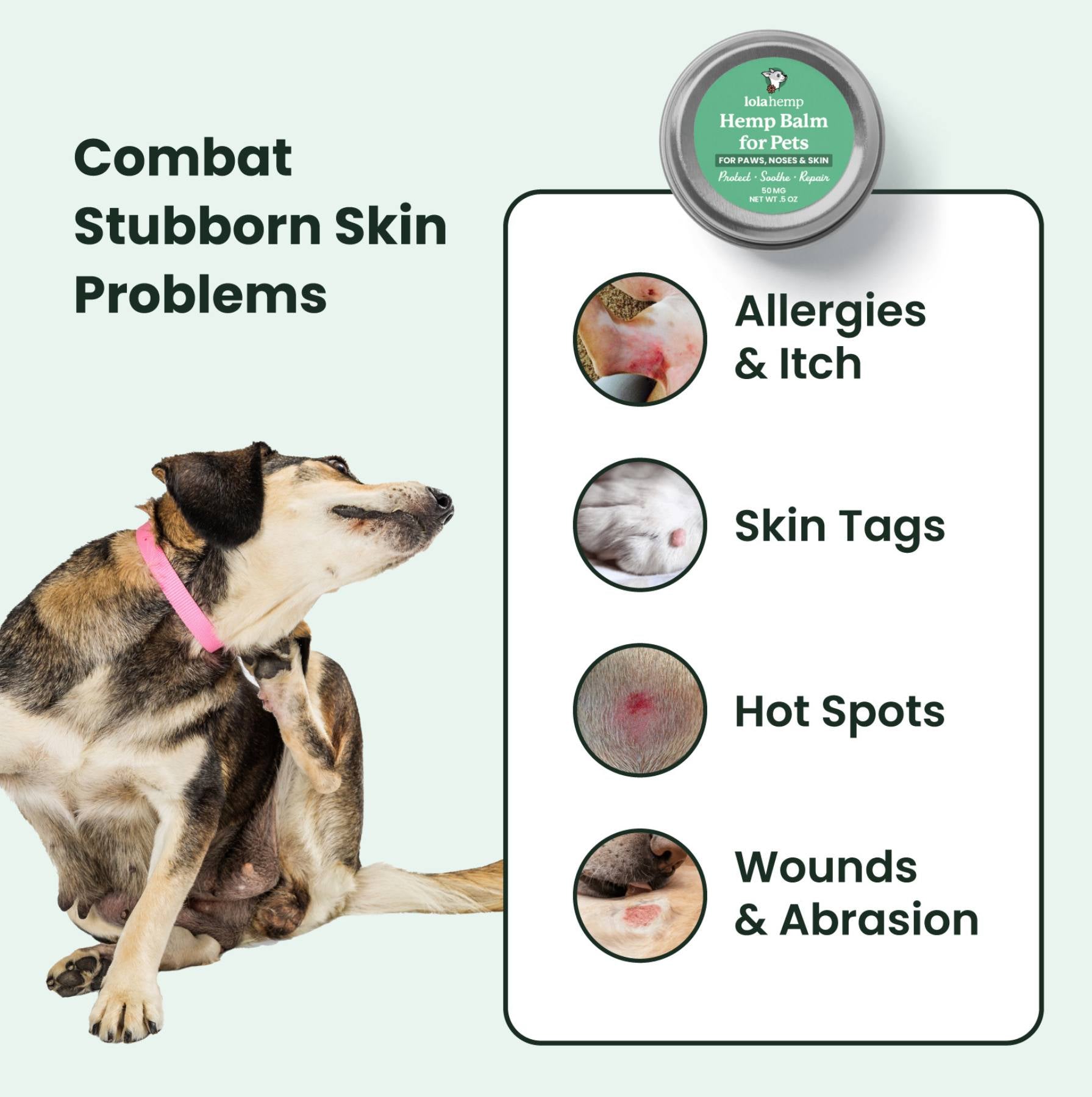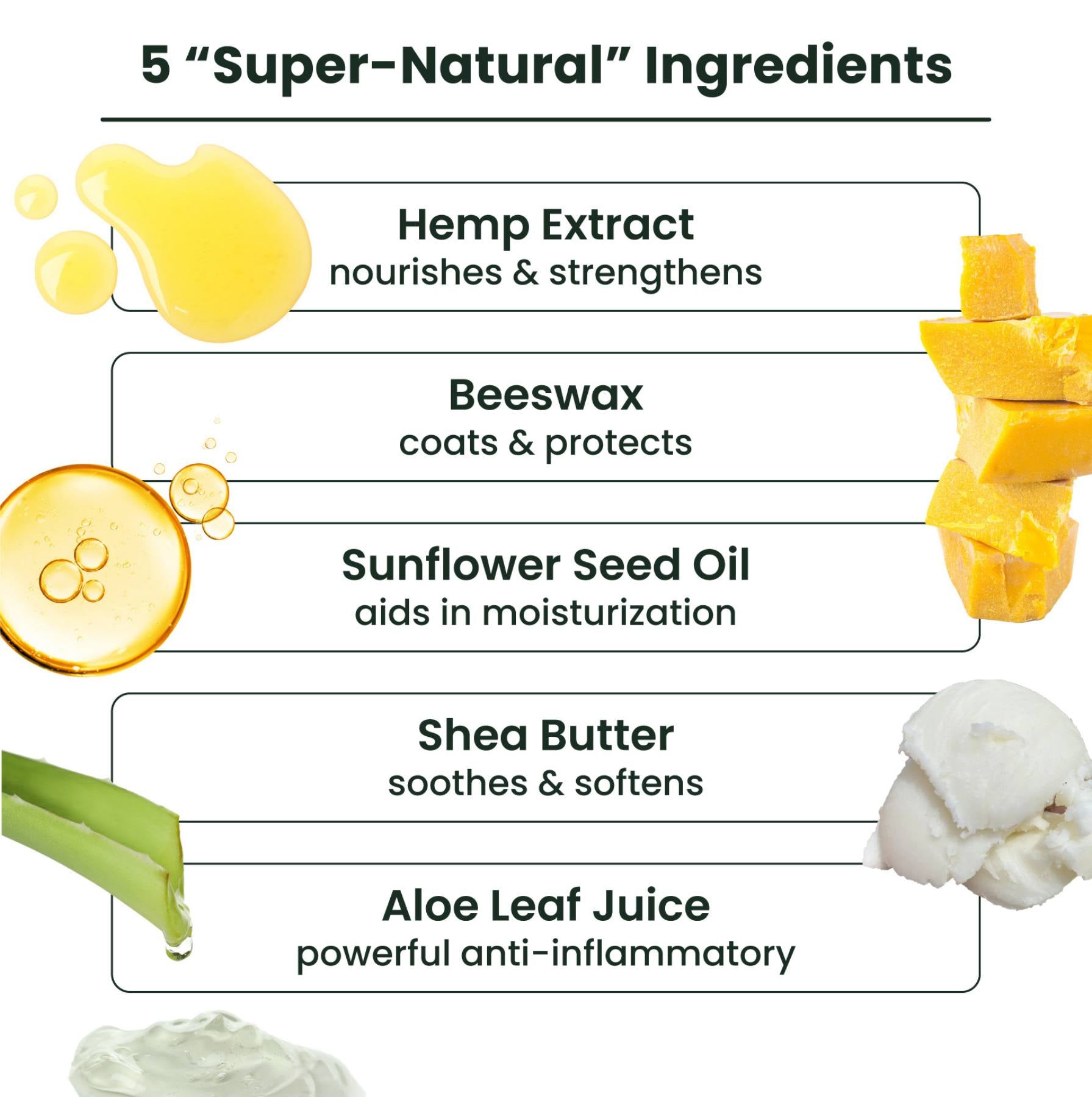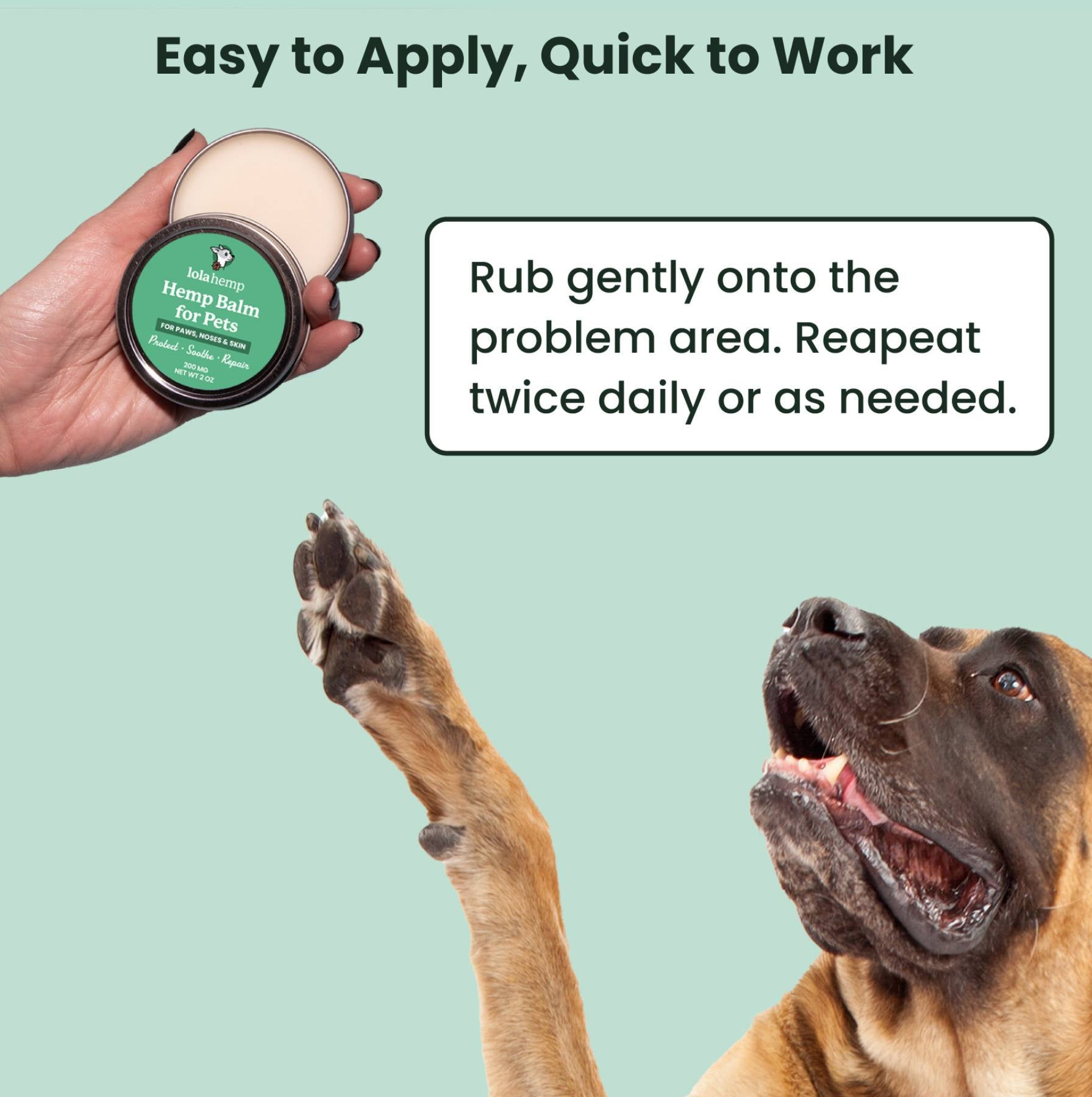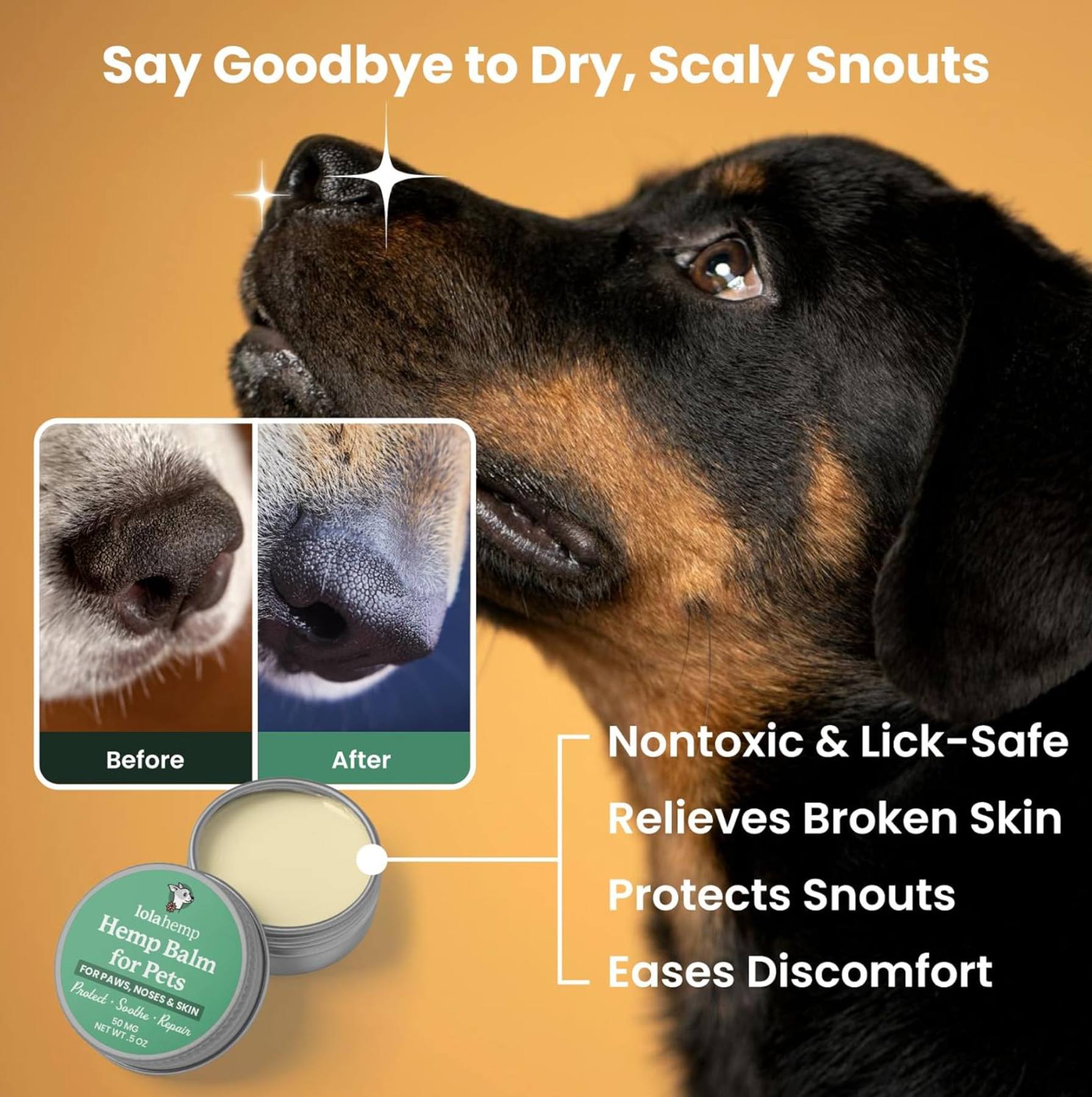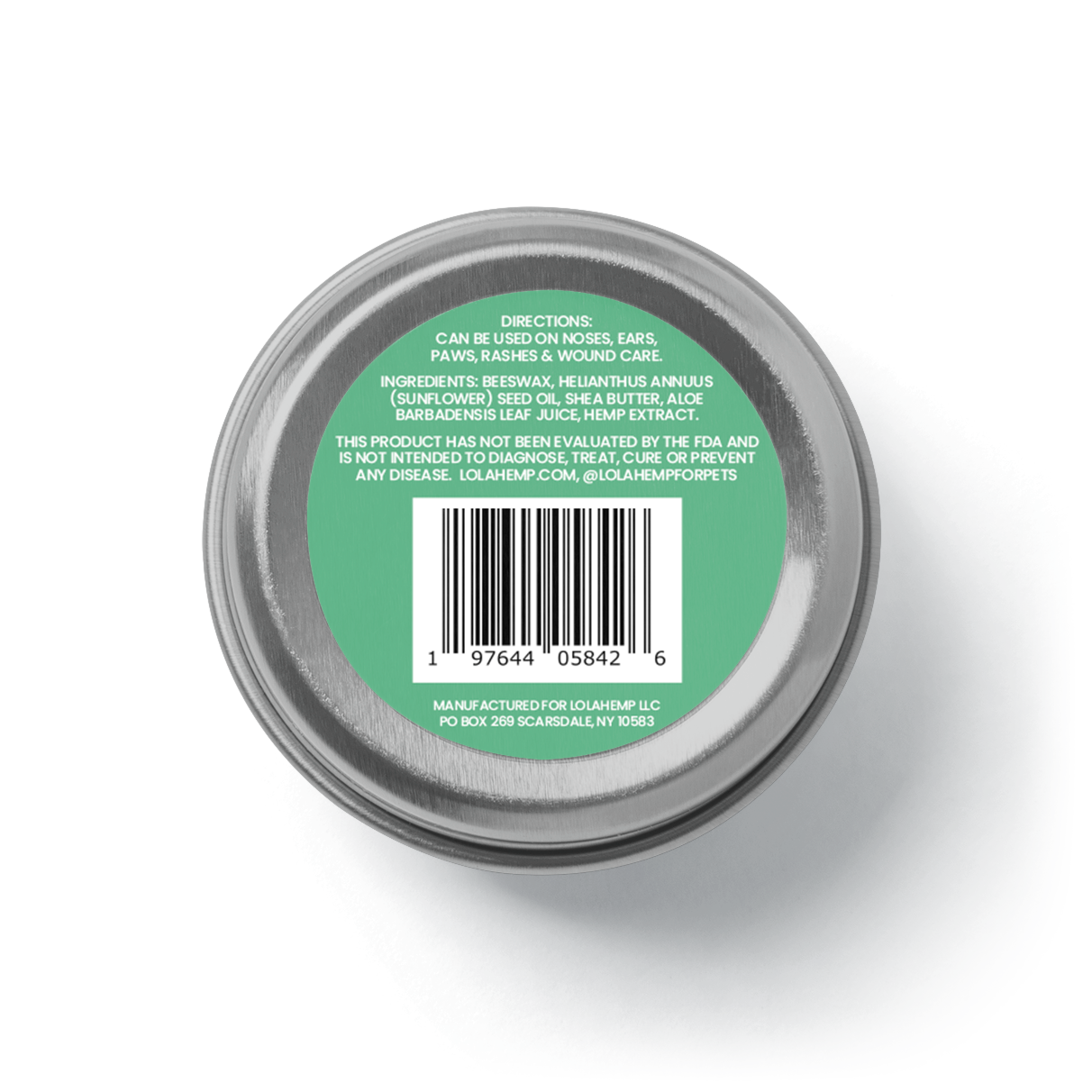As pet parents, the health and well-being of our canine companions is always a top priority. We often find ourselves asking questions about their health that are similar to those we might have about our own.
One such question is, "Can dogs get hemorrhoids?"
While dogs share many health conditions with humans, hemorrhoids are not typically one of them.
However, dogs can experience a range of anal gland issues and other rear-end problems that might resemble hemorrhoids in symptoms. This article will explore these conditions, their causes, symptoms, and treatments, providing a comprehensive understanding for pet parents concerned about health issues in their dogs.

Dogs Don't Get Hemorrhoids, But They Get Similar Ailments
Dogs do not get hemorrhoids in the same way humans do. Instead, they are prone to anal gland problems. These glands, also known as anal sacs, are located on either side of a dog's anus. They secrete a foul-smelling substance that dogs use for marking territory and identifying each other. Problems arise when these glands become impacted, infected, or abscessed, leading to a range of symptoms often mistaken for hemorrhoids.
Common Anal Sac Problems in Dogs
Below are common anal sac complications that affect dogs that you may have mistaken for a hemorrhoid:
1. Impacted Canine Anal Glands
Impaction occurs when the anal glands do not empty properly during defecation, leading to a build-up of secretion. This can be due to insufficient pressure exerted by the stool during bowel movements, often as a result of a low-fiber diet, soft stools, or muscle weakness in the anal area.
Symptoms:
-
Scooting, which entails dragging the rear end along the ground
-
Excessive licking or biting at the anus
-
Discomfort or pain when sitting
-
Swelling around the anus
Manual expression of the glands by a veterinarian or trained professional is the most common treatment. Adding fiber to the dog's diet can help produce firmer stools that can naturally express the glands.
2. Infected or Abscessed Anal Glands
If impacted glands are not treated, they can become infected. The infection can lead to the formation of an abscess, which is a painful collection of pus.
Symptoms:
-
Redness and swelling around the anus
-
Pus or blood discharge from the anal area
-
Foul odor
-
Painful defecation
-
Lethargy and signs of general discomfort
Antibiotics are prescribed to treat the infection. The abscess may need to be drained by a veterinarian, and in some cases, surgical intervention is required.
3. Anal Sac Disease
Anal sac disease comprises both impaction and infection, potentially leading to chronic issues. It can result from repeated impactions, infections, or abscesses.
Symptoms
-
Persistent scooting
-
Chronic licking or biting at the anus
-
Recurrent swelling and discharge
-
Signs of pain and discomfort
Treatment involves addressing the underlying cause, which may include regular manual expression, antibiotics for infections, and surgical removal of the anal glands in severe or recurrent cases.

Other Anal Area Issues in Dogs
In addition to anal gland troubles, dogs can experience other rear-end issues that might resemble hemorrhoids:
1. Prolapsed Rectum:
This condition occurs when the rectal tissue protrudes through the anus. It can be due to straining during bowel movements, gastrointestinal issues, or poor muscle tone in the rectal area. Immediate veterinary attention is required for this condition.
2. Perianal Fistulas:
These are chronic, painful sores or ulcers around the anus, more common in certain breeds like German Shepherds. They require medical treatment and can be challenging to manage.
3. Anal Masses or Polyps:
Benign tumors or small growths may develop around the anus, causing discomfort and sometimes bleeding. These need to be evaluated by a vet to rule out malignancy.

Causes of Anal Gland Troubles in Dogs
Below are the primary causes of anal gland trouble in dogs:
1. Dietary Issues
Low-Fiber Diet:
A diet lacking in fiber can result in soft stools that do not exert enough pressure to naturally express the anal sacs during defecation. Without regular expression, the glands can become impacted, leading to further issues.
Poor Quality Food:
Dog foods that are low in quality or contain a lot of fillers may contribute to irregular bowel movements and soft stools, increasing the risk of anal sac impaction.
2. Obesity
Excess Weight:
Overweight and obese dogs are more prone to rectal gland troubles. The extra weight puts additional pressure on the anal glands, making it more difficult for them to express naturally during bowel movements.
3. Genetics and Breed Predisposition
Breed Susceptibility:
Certain breeds are more prone to rectal gland complications. For example, small breeds like Boston Terriers and Toy Poodles, as well as larger breeds like German Shepherds, are known to have a higher incidence of these issues.
Inherited Traits:
Some dogs may have inherited traits that predispose them to rectal gland difficulties, such as narrow anal sac ducts or muscle weakness around the anal area.
4. Poor Muscle Tone
Older Dogs:
As dogs age, they may experience a loss of muscle tone, including in the muscles around the anal area. This can make it harder for the glands to express naturally.
Inactive Dogs:
Dogs that are less active or spend a lot of time lying down may also have weaker muscles around the anal area, contributing to problems with gland expression.
5. Gastrointestinal Issues
Diarrhea or Constipation:
Frequent diarrhea or constipation can affect the regular expression of the anal glands. Diarrhea produces stools that are too soft, while constipation causes hard stools that may not provide adequate pressure on the glands.
Inflammatory Bowel Disease (IBD):
Dogs with IBD or other chronic issues in the gastrointestinal system may have irregular bowel movements, increasing the risk of anal sac problems.
6. Increased Blood Flow
Inflammation:
Conditions that cause increased blood flow to the anal area such as irritation or inflammation can lead to swollen rectal glands.
Infections:
Infections in the rectal glands can cause inflammation and increased flow of blood, contributing to impaction and abscess formation.
7. Anatomical Abnormalities
Narrow Anal Gland Ducts:
Some dogs are born with narrow ducts, making it more difficult for the glands to express naturally during defecation.
Perianal Hernia:
A hernia near the anus can affect the normal function of the anal sacs, leading to impaction and other issues.
8. External Factors
Trauma:
Injury or trauma to the anal area can cause swelling and inflammation, affecting the normal function of the anal sacs.
Allergies:
Allergic reactions can cause inflammation and irritation around the anal area, potentially leading to anal sac troubles.

Managing and Preventing Anal Sac Problems
Understanding the causes of anal sac complications can help in developing effective management and prevention strategies. Here are some tips for preventing such troubles in dogs:
1. High-Fiber Diet:
Incorporate high-fiber foods into your dog’s diet to promote firm stools that can naturally express the rectal glands.
2. Weight Management:
Maintain your dog at a healthy weight through regular exercise and a balanced diet to reduce pressure on the anal sacs.
3. Regular Exercise:
Ensure your dog gets regular physical activity to promote overall health and strengthen muscles around the anal area.
4. Routine Checks:
Regularly check your dog’s anal area for signs of swelling, discharge, or other abnormalities. Early detection can prevent more serious issues.
5. Veterinary Care:
Regular vet visits are essential for early detection and treatment of rectal gland problems. Your vet can also provide guidance on diet and preventive care.
6. Manual Expression:
For dogs prone to rectal gland troubles, regular manual expression by a vet or groomer can prevent impaction and infection.
Treating Anal Gland Problems
Below is a list of treatment options:
1. Manual Expression
Routine Expression:
For mild cases of impaction, manual expression of the glands by a veterinarian or trained groomer can provide immediate relief. This process involves gently squeezing the glands to release the built-up secretion.
Frequency:
The frequency of manual expression depends on the individual dog’s needs. Some dogs may require it every few weeks, while others might need it only occasionally.
2. Medications
Antibiotics:
If an infection is present, the vet will prescribe antibiotics to treat it. The type and duration of antibiotic treatment depend on the severity and nature of the infection.
Anti-Inflammatories:
Non-steroidal anti-inflammatory drugs (NSAIDs) or corticosteroids may be prescribed to reduce inflammation and alleviate pain associated with anal gland problems.
Pain Relievers:
Such medications can be provided to manage discomfort, especially in cases of abscesses or severe impaction.
3. Flushing and Infusion
Anal Gland Flushing:
In cases of infection or abscess, the vet may flush the anal glands with a sterile solution to clean out the infected material. This procedure is usually performed under sedation.
Infusion of Medications:
After flushing, the vet may infuse the glands with antibiotic or anti-inflammatory medications to treat the infection directly at the source.
4. Surgical Options
Anal Sacculectomy:
For dogs with chronic, recurrent anal gland issues or severe abscesses, surgical removal of the anal glands, known as anal sacculectomy, may be recommended. This surgery is generally successful but carries some risks, including potential complications like fecal incontinence.
Tumor Removal:
If a tumor or growth is detected in the anal glands, surgical removal is necessary. Biopsy and histopathology will determine if the growth is benign or malignant.
5. Home Care and Support
Warm Compresses:
Applying warm compresses to the anal area can help reduce swelling and discomfort. Ensure the compress is not too hot to avoid burns.
Hygiene:
Maintaining good hygiene by keeping the anal area clean can prevent infections. Use pet-safe wipes or mild soap and water as recommended by your vet.
Dietary Management:
Ensure your dog is on a high-fiber diet to promote firm stools and natural expression of the anal glands. Supplements such as pumpkin, bran, or specialized high-fiber dog food can be beneficial.
Chilled Witch Hazel:
Applying chilled witch hazel to the anal area can help reduce swelling and soothe irritation. Always consult your vet before using home remedies.
Stool Softeners:
For dogs experiencing painful defecation, your vet may recommend stool softeners to make bowel movements less straining and help with anal gland expression.
Hydration:
Ensure your dog stays well-hydrated, as adequate water intake supports overall digestive health and can help maintain regular bowel movements.
Conclusion
To answer the question, "Can dogs get hemorrhoids?" Dr. Jerry Klein, Chief Veterinary Officer for the American Kennel Club, explains that dogs do not develop hemorrhoids like humans. However, they encounter similar challenges such as anal gland issues and polyps.
Understanding these conditions, recognizing the signs, and seeking prompt veterinary care can make a significant difference in managing your dog's discomfort. By maintaining a healthy diet, regular exercise, and proper hygiene, pet owners can help prevent these painful issues and ensure their furry friends lead happy, healthy lives.
Frequently Asked Questions About Dog Hemorrhoids
Can dogs get hemorrhoids like humans?
Dogs do not develop hemorrhoids like humans. Instead, they are more likely to experience anal gland problems and other rear-end issues, such as anal sac disease and polyps, that can look similar to hemorrhoids.
What conditions in dogs are often mistaken for hemorrhoids?
Conditions that may be mistaken for hemorrhoids in dogs include impacted anal glands, infected or abscessed anal glands, anal sac disease, prolapsed rectum, perianal fistulas, and anal masses or polyps.
What are the signs that my dog might have anal gland problems?
Signs of anal gland problems in dogs can include scooting, excessive licking or biting at the anus, discomfort or pain when sitting, swelling or redness around the anus, pus or blood discharge, foul odor, painful defecation, lethargy, and signs of general discomfort.
How are anal gland problems in dogs treated?
Treatment options for anal gland problems in dogs can include manual expression of the glands, medications such as antibiotics, anti-inflammatories, and pain relievers, flushing and infusion of the anal glands, surgical procedures like anal sacculectomy or tumor removal, and home care such as warm compresses, good hygiene, dietary management, chilled witch hazel, stool softeners, and proper hydration.
How can I help prevent anal sac troubles in my dog?
You can help prevent anal sac troubles in your dog by feeding a high-fiber diet, maintaining a healthy weight, providing regular exercise, checking the anal area for signs of problems, scheduling regular veterinary visits, and arranging routine manual expression by a vet or groomer for dogs prone to anal gland issues.

